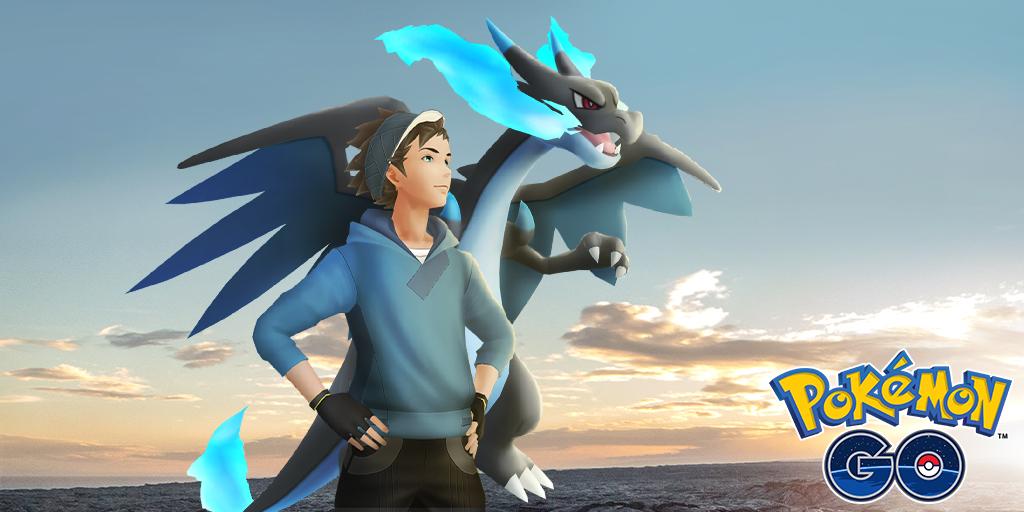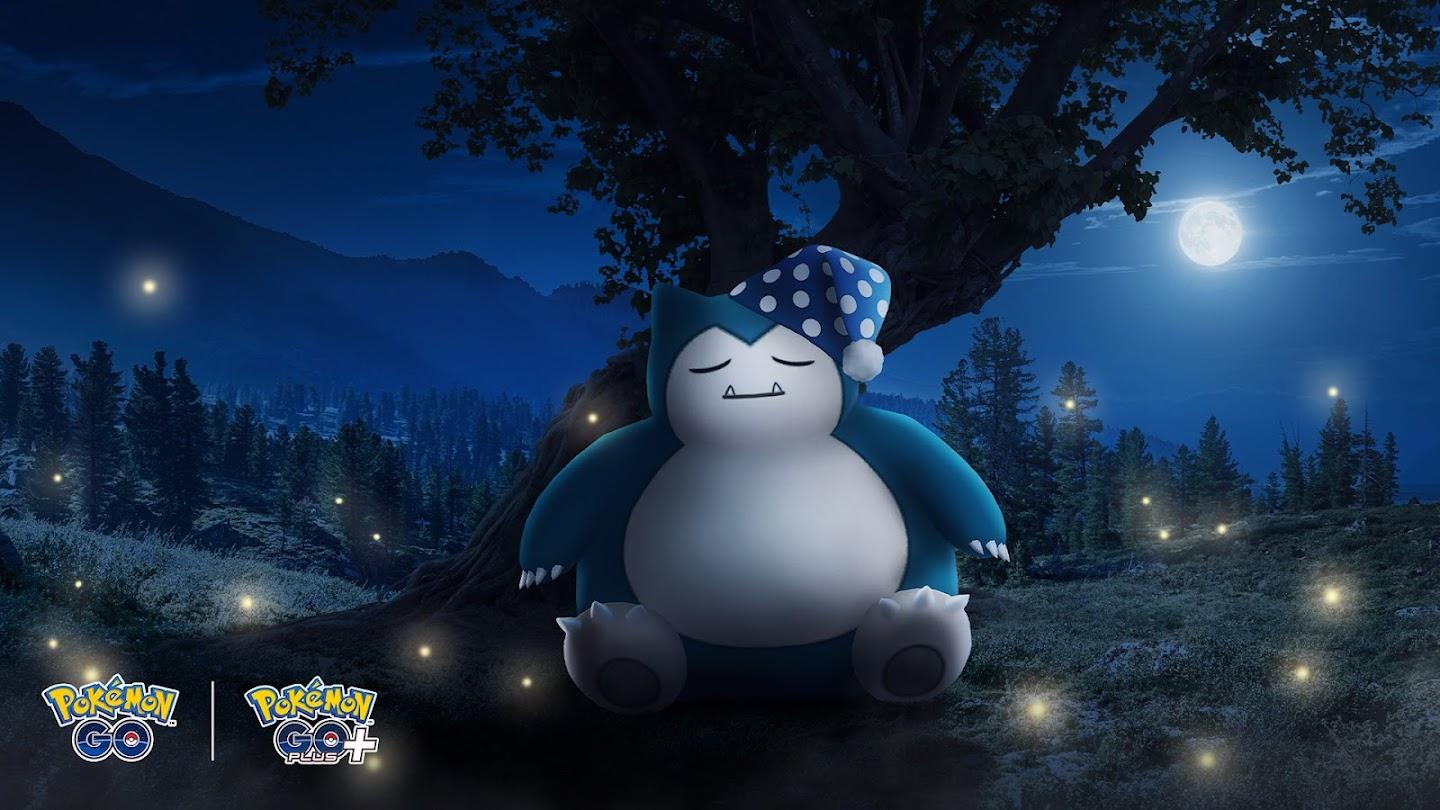
Who is the focus of the upcoming Pokemon Go Community Day? We have a few guesses.
Pokemon

The worst Pokemon in PokeRogue
Talonflame? More like TalonLAME, am I right?
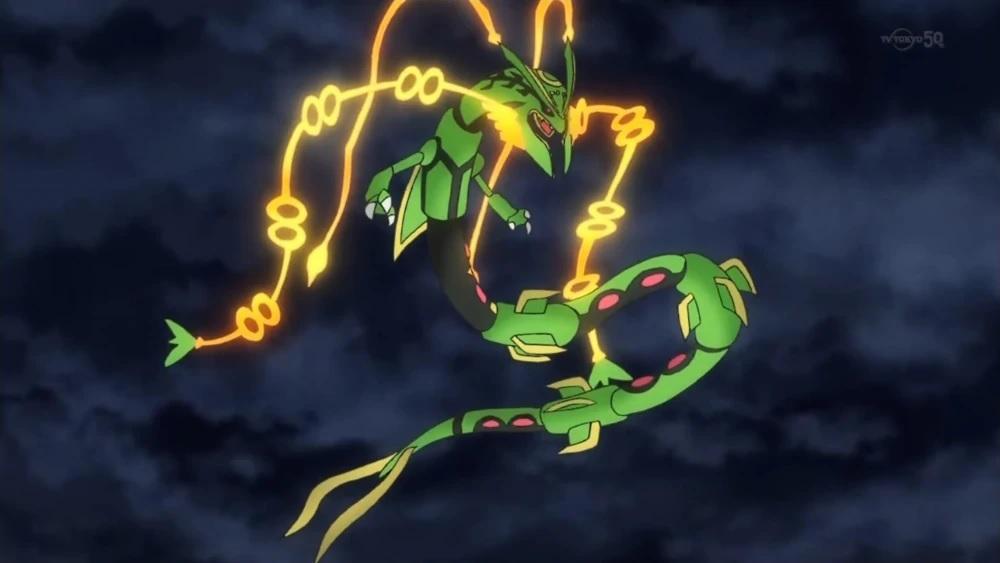
What is an Elite Raid in Pokemon GO?
It’s time to catch a Mega Rayquaza in Pokemon GO!
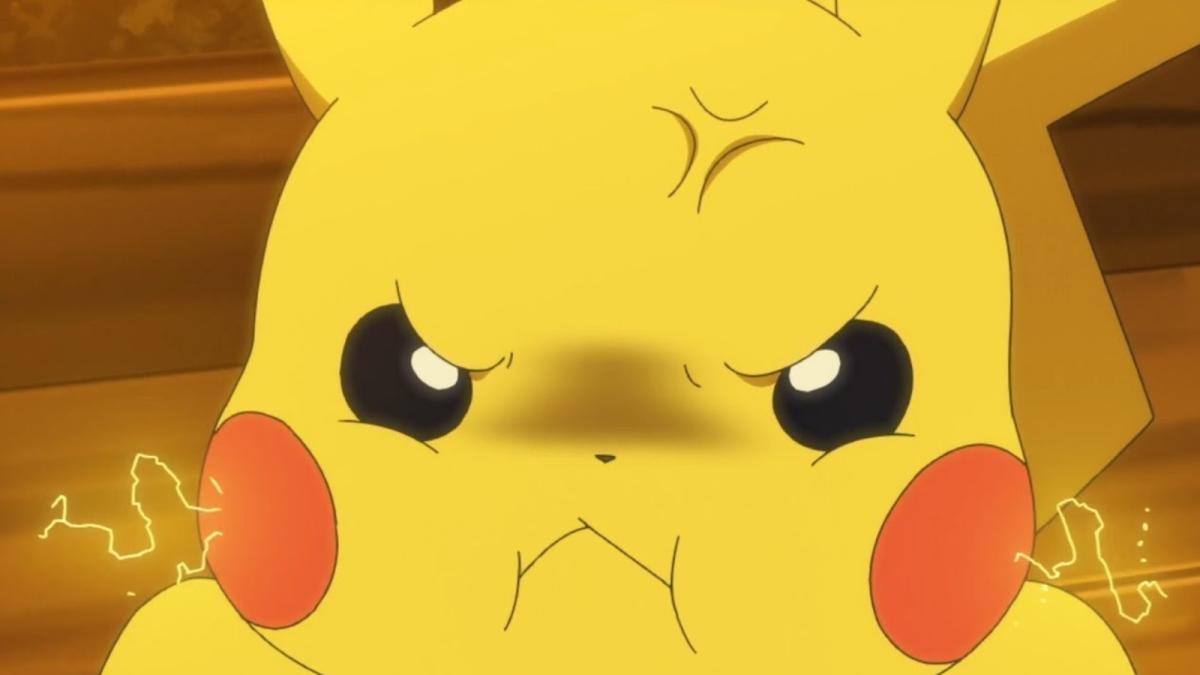
Every Pokemon type and what it’s weak to
Get ready to catch ’em all.

PokeRogue players want these features added to the game
These are the most-wanted changes to PokeRogue.

PokeRogue keybinds you need to know
You can play PokeRogue with a keyboard or controller.

Are PokeRogue servers down?
PokeRogue servers are being attacked!

How to beat Eternatus in PokeRogue
Become the best there ever was (from your browser).

How to get vouchers and hatch eggs in PokeRogue
PokeRogue is a roguelike game that requires you to collect vouchers if you want to improve your team.
...
How to climb floors in PokeRogue
Get ready for some tough battles.
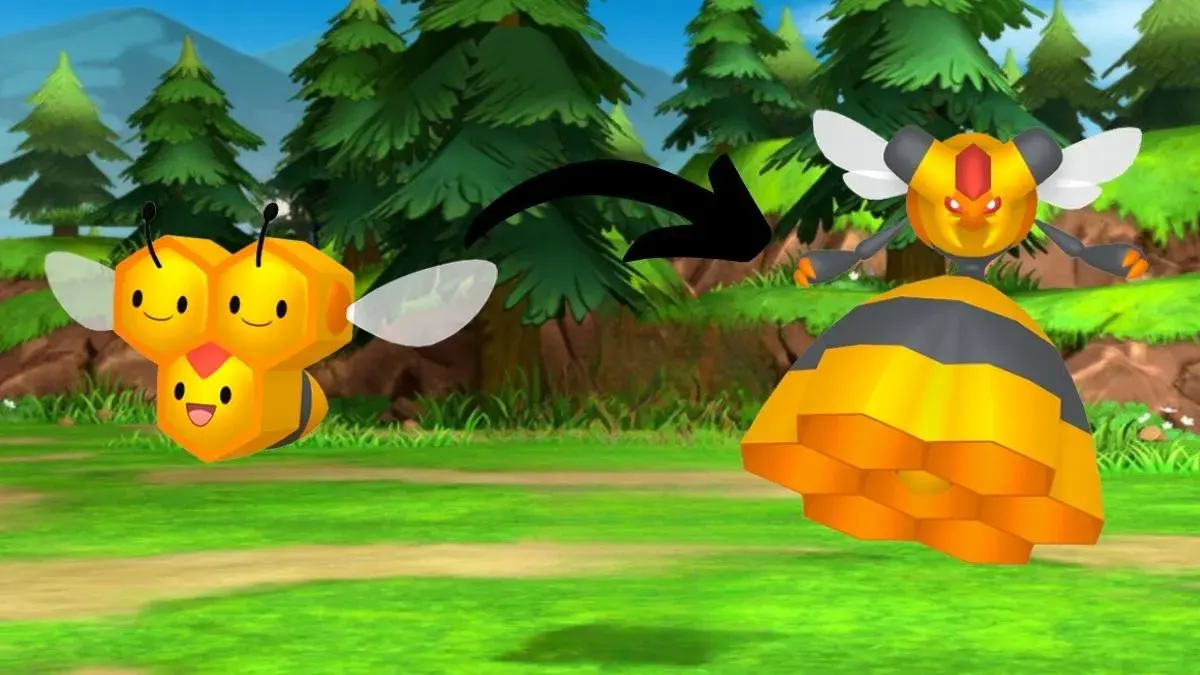
How to evolve Combee into Vespiquen in Pokemon GO
Bee for real.
Pokemon is a massive brand that spans televisions, movies, cards, and video games, making it one of the most successful franchises in the world. It’s originally the story of a young boy going on a journey to become a Pokemon Master, catching and fighting Pokemon as he explores an ever-expanding world.
Since then, almost 1,000 Pokemon have been introduced, which you can fight in Pokemon Scarlet & Violet or catch in Pokemon GO.
Pokemon games and gameplay
If you play the Pokemon VCG, the game has changed throughout the years, but the overall premise has remained the same in each generation. Like in the anime, you explore a certain region of the Pokemon world, capturing Pokemon unique to certain areas and using them to fight battles against gym leaders.
You can also battle Pokemon with friends or in a competitive setting, using strategy and meta-team compositions to see who emerges as the Pokemon Master.
The Pokemon TCG has you create powerful decks based on meta Pokemon from the newest sets. Every Pokemon has unique abilities that are powered by energy cards. You will need to create a deck with a synergy that uses various items and support cards to stay ahead of your opponent and knock out their ‘mon.
Pokemon GO is a mobile game where you encounter Pokemon in real life. You can catch these Pokemon and then power them up with items you collect during your journey. Use these Pokemon to take down powerful enemies at gyms around your city or to create strong teams that fight against friends or opponents in competitions.
Pokemon UNITE is a MOBA featuring all the most popular Pokemon. The main goal of UNITE is to gather as much Aeos Energy as possible by fighting enemies, then using it to score goals in various zones throughout the map easily.
The history of Pokemon
Contrary to popular belief, Pokemon started as a video game. Pokemon Green and Pokemon Red were released in Japan in 1996, black and white games where you caught the first 150 Pokemon. A year later, the Pokemon anime started.
What started off as a nerdy hobby for some has become a significant phenomenon. It’s now the highest-grossing media franchise ever at $92 billion in 2023. You’ll find Pokemon plush, comics, figures, clothing, food, and everything else you could ever imagine.
Pokemon esports
As Pokemon has continued to grow in popularity, a competitive community has also started to gain traction. Play! Pokemon now hosts organized seasons for Pokemon competitors to win points in an attempt to qualify for the Pokemon World Championship. Local cups and challenges as well as larger regional tournaments happen for the Pokemon VCG, Pokemon TCG, Pokemon GO, and Unite.
What's new with Pokemon in 2023?
This year, the Pokemon World Championship is being held in Japan. After influencers started sharing over-the-top pack opening videos in 2020, the Pokemon community has significantly grown. Worlds even had to raffle off spectator badges due to an unprecedented attendee cap.
Pokemon TCG Live was also introduced this year as an upgraded way for Pokemon TCG players to practice between regional tournaments. Unfortunately, the app is full of bugs and game-breaking issues that have frustrated players.
Pokemon GO has also been under fire due to unpopular changes to remote raid passes, forcing players to go outside to progress in the app.
Despite these setbacks, Pokemon is more popular than ever and continues to grow a competitive community.


